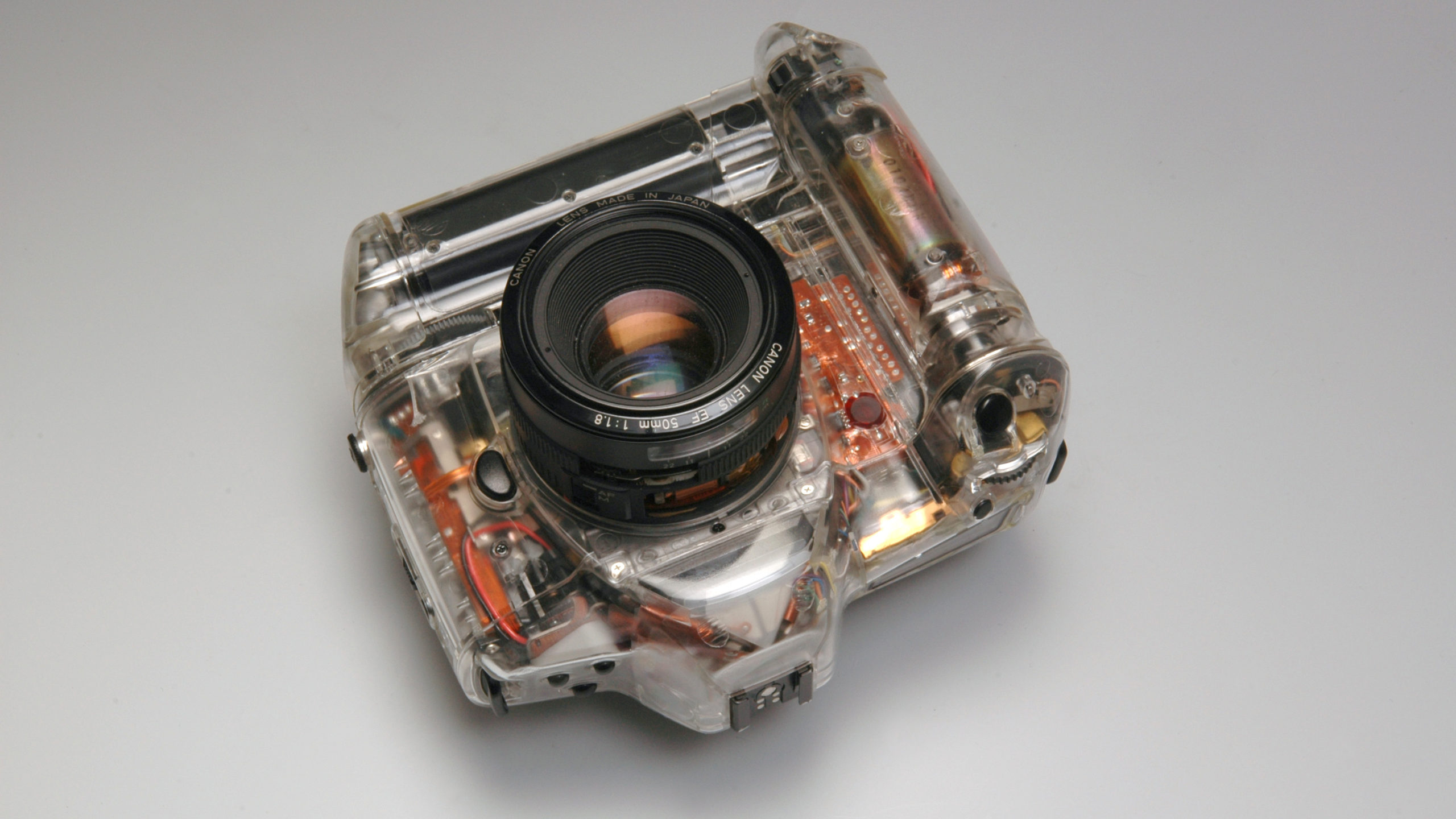Fully automatic!
During the final decades of the 20th Century, the main changes made to photographic cameras were related to the introduction of electronics.
The various functions of cameras, which until then had been mechanical, became automated. The beginnings of this automation date back to the 1960s: an “electric eye” measures light. Soon after, the accuracy of exposure time improved further when light could be measured directly through the lens. A little later, film could be loaded automatically. Then, around 1980, autofocus appeared, measuring the distance to the subject being photographed and adjusting focus. Finally, image stabilization arrived, making it possible to avoid blurs caused by movement.
These easy to use cameras removed the final technical difficulties with which amateur photographers were faced, drastically reducing the number of “failed” photographs. In the professional sphere, the computer handled all functions related to the image.
All these improvements resulted in machines, which are completely dependent upon an energy source. Once the batteries are out of charge, it is often impossible to continue to use them.


